Best Seasons for Siding Service
Siding service can be performed year-round, but certain seasons offer optimal conditions for installation, repair, or replacement. Understanding the best timing ensures quality work and durability of the siding.
Spring offers mild weather and longer daylight hours, making it ideal for siding projects. It allows sufficient time for installation before summer heat or winter cold.
Summer provides warm conditions suitable for siding work, but high temperatures and humidity can sometimes cause delays or affect materials.
Fall is a popular time for siding service due to cooler temperatures and less rain, which support proper curing and installation processes.
Winter is generally less suitable due to cold temperatures and potential snow, which can hinder proper adhesion and increase project duration.
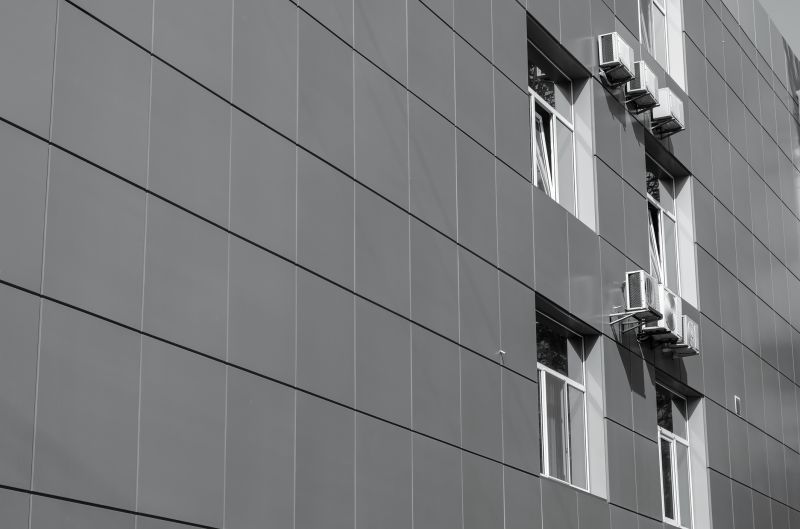
Spring's moderate temperatures support effective siding installation and help prevent material warping.
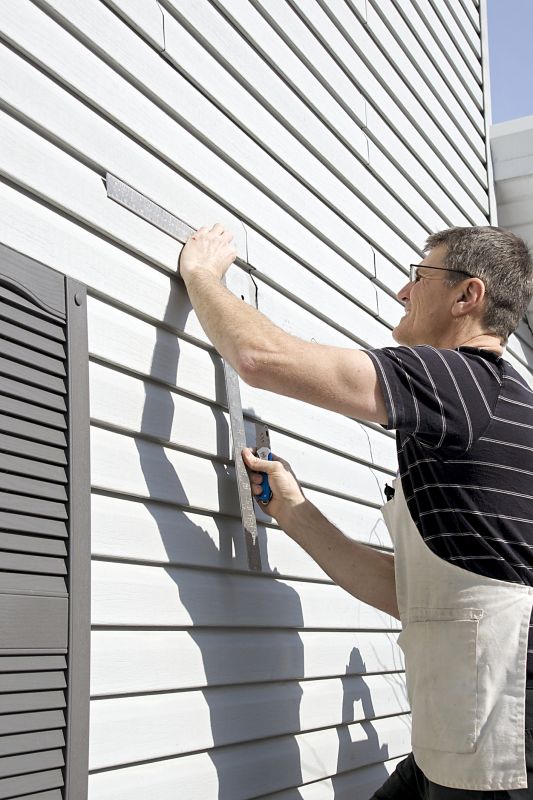
Summer allows for maintenance and repairs, though care must be taken to avoid high heat conditions.
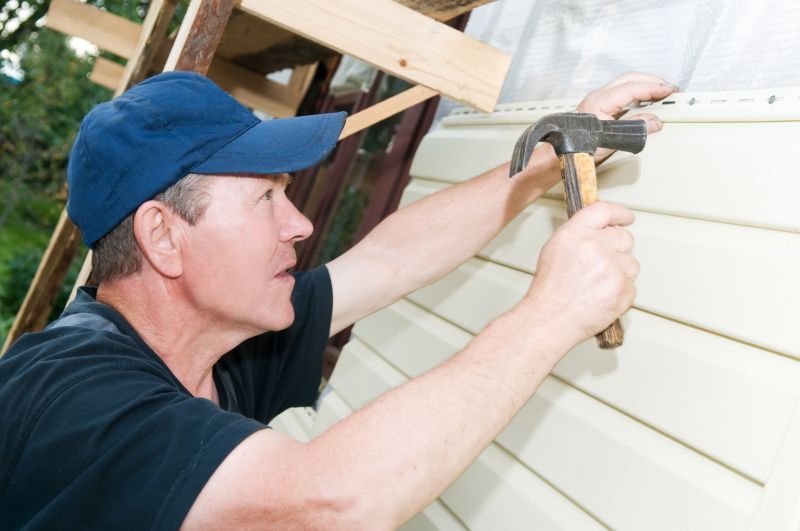
Fall's cooler weather provides ideal conditions for siding replacement projects before winter.

Ways to make Siding Service work in tight or awkward layouts.

Popular materials for Siding Service and why they hold up over time.
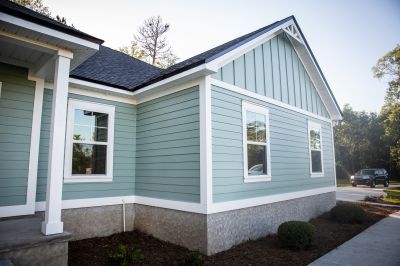
Simple add-ons that improve Siding Service without blowing the budget.
| Season | Ideal for Siding Service |
|---|---|
| Spring | Yes |
| Summer | Conditional |
| Fall | Yes |
| Winter | No |
Siding service includes installation, repair, and replacement of exterior siding materials. Proper timing ensures the longevity and appearance of siding, with seasonal weather playing a significant role. Spring and fall are generally preferred due to moderate temperatures and lower humidity, which support optimal adhesion and curing processes. Summer can be suitable for maintenance, provided high temperatures are managed carefully. Winter is typically avoided because cold and snow can compromise material performance and installation quality.

Spring's moderate weather supports effective siding installation and helps prevent material warping.

Summer offers opportunities for repairs, but high temperatures require careful scheduling.

Fall's cooler temperatures support proper installation before winter.
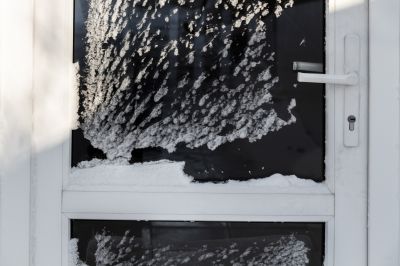
Winter is generally unsuitable due to cold and snow conditions.
Selecting the appropriate season for siding service can impact the durability and appearance of the finished work. Proper planning around seasonal weather patterns helps ensure siding projects are completed efficiently and to high standards. For those interested in scheduling siding work, it is recommended to contact for guidance on optimal timing based on local climate conditions.


